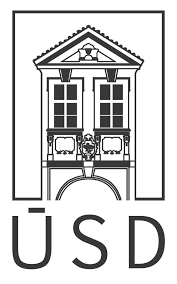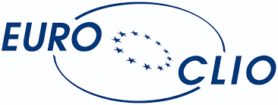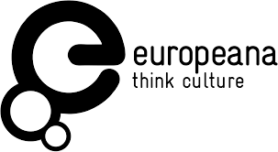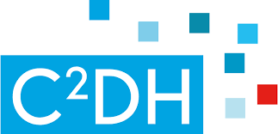About
During the past decade, a massive body of audiovisual heritage has become digitally accessible, on websites of archives, through initiatives such as Europeana.eu and EUscreen.eu, and on platforms such as YouTube and Vimeo. The proposed project is the first to research the online circulation and appropriation of audiovisual heritage using an integrated and interdisciplinary approach. It combines state of the art tracing and tracking technologies, critical cultural analysis and ethnographic fieldwork to answer the questions: How do strategies of curation shape the appropriation of digitized heritage? What new perspectives on European history and identity do digital curations and appropriations of audiovisual heritage create? How can audiovisual archives better foster the re-use of Europe’s audiovisual heritage? The project’s case studies highlight European History from the Cold War to the Fall of the Berlin Wall and Migration in Europe—both urgent topics within debates about Europe’s past, identity and future.
The project brings together interdisciplinary expertise in the curation of digital audiovisual heritage (Utrecht University, The Netherlands), contemporary European history (Institute of Contemporary History, Czech Republic) and Digital Humanities (Umeå University, Sweden). It collaborates with leading stakeholders in the field, such as Europeana.eu—and its main audiovisual aggregator EUscreen.eu—as well as the attached 35 audiovisual archives across Europe. To reach out to users of audiovisual heritage, the project will also co-operate with the European Association of History Educators, Historiana.eu, and the Netherlands Institute for Sound and Vision.
The project’s outcomes will contribute to a better understanding of popular interpretations of European history circulating online. It will foster critical engagement with audiovisual heritage in a participatory media landscape, including the consequences of digital historiography. Based on outcomes, the project will advise heritage institutions about best practices of user-engaging curation. Outcomes will also provide history educators with accessible material to engage students working online with Europe’s audiovisual heritage.










